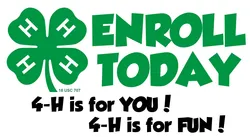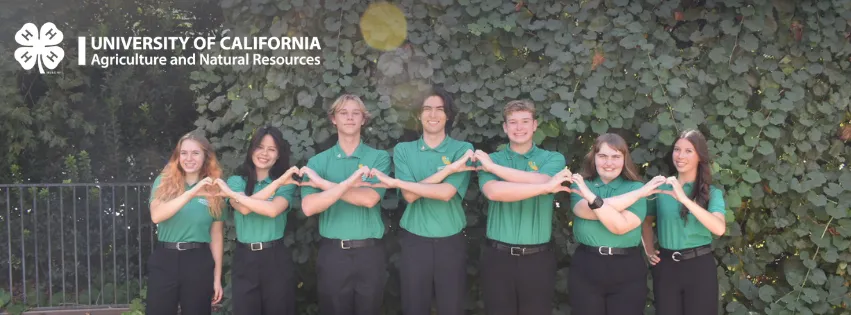
4-H in California
As early as 1912, the University of California encouraged the formation of boys' and girls' agricultural clubs in rural areas and collaborated with school districts to organize them. In 1913, the forerunner of 4-H was founded in California – an agricultural club at the College of Agriculture in Davis. By 1914, 84 high school agricultural clubs were reported in California. By 1917, 2,716 participants in 208 high school agricultural clubs were engaged in projects under the direction of the University of California.
In 1928, "4-H" appeared in California reports of youth work. In the 1930s, over 10,000 youth in California 4-H clubs were developing skills through individual projects and learning leadership and civic responsibility through community improvement projects. In 1953, a state 4-H club leader was assigned by the University Extension. 4-H programs were reorganized with a widened project base aimed to reach a broader audience than just rural boys and girls. Today, the University of California 4-H Youth Development Program (California 4-H) is open to all youth ages 5 to 18 in every county in California.
California 4-H believes in the power of young people. We see that every child has valuable strengths and real influence to improve the world around us. California 4-H offers opportunities to learn and use skills in communications, leadership, STEAM (Science, Technology, Engineering, Agriculture and Math), healthy living and civic engagement.
All are welcome here
California 4-H is committed to creating spaces where all young people can grow and thrive.
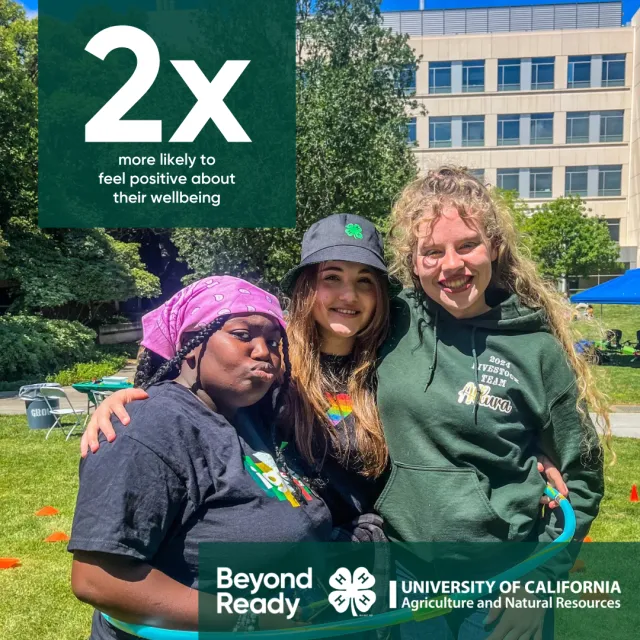
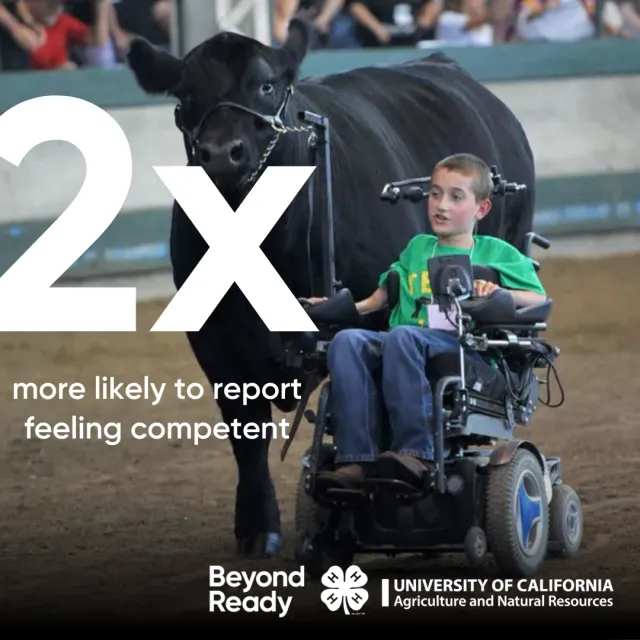
Our Vision
A world in which youth and adults learn, grow, and work together as catalysts for positive change.
California 4-H Strategic Plan 2023-28
The CA 4-H Strategic Plan 2023-2028 focuses on three interconnected themes to advance California 4-H towards high quality, equitable youth development programming and applied research over the next five years.
The three themes are:
- Strengthen access, equity and belonging in 4-H programs.
- Increase opportunities for meaningful youth engagement in high quality 4-H programs aligned with the 4-H Thriving Model of Positive Youth Development.
- Advance youth development research and extension.
The following areas were identified to support advancing the three themes:
- Grow financial stability.
- Improve communication and brand awareness.
- Reimagine volunteer management.
- Streamline administrative procedures.
Learn more about the nation's largest youth development program!
4-H empowers nearly six million young people nationwide with the skills to lead for a lifetime. 4-H is delivered by the Cooperative Extension system, a community of more than 100 public universities across the country. For more than 100 years, 4 H has welcomed young people of all beliefs and backgrounds, giving kids a voice to express who they are and how they make their lives and communities better.
4-H Pledge/Promesa 4-H
In 1927, the 4-H Pledge was adopted at the first National 4-H Camp (now called the National 4-H Conference) in Washington, D.C.
I pledge...
My head to clearer thinking,
My heart to greater loyalty,
My hands to larger service,
My health to better living
for my club, my community,
my country and my world.
Spanish
Prometo usar mi mente para pensar con más claridad,
mi corazón para ser más leal,
mis manos para ser más servicial,
mi salud para cuidarme más,
por mi club, mi comunidad, mi país y mi mundo.
Translated by Dr. Lisa Lauxman, National 4-H Foundation
4-H Motto
"To Make the Best Better"
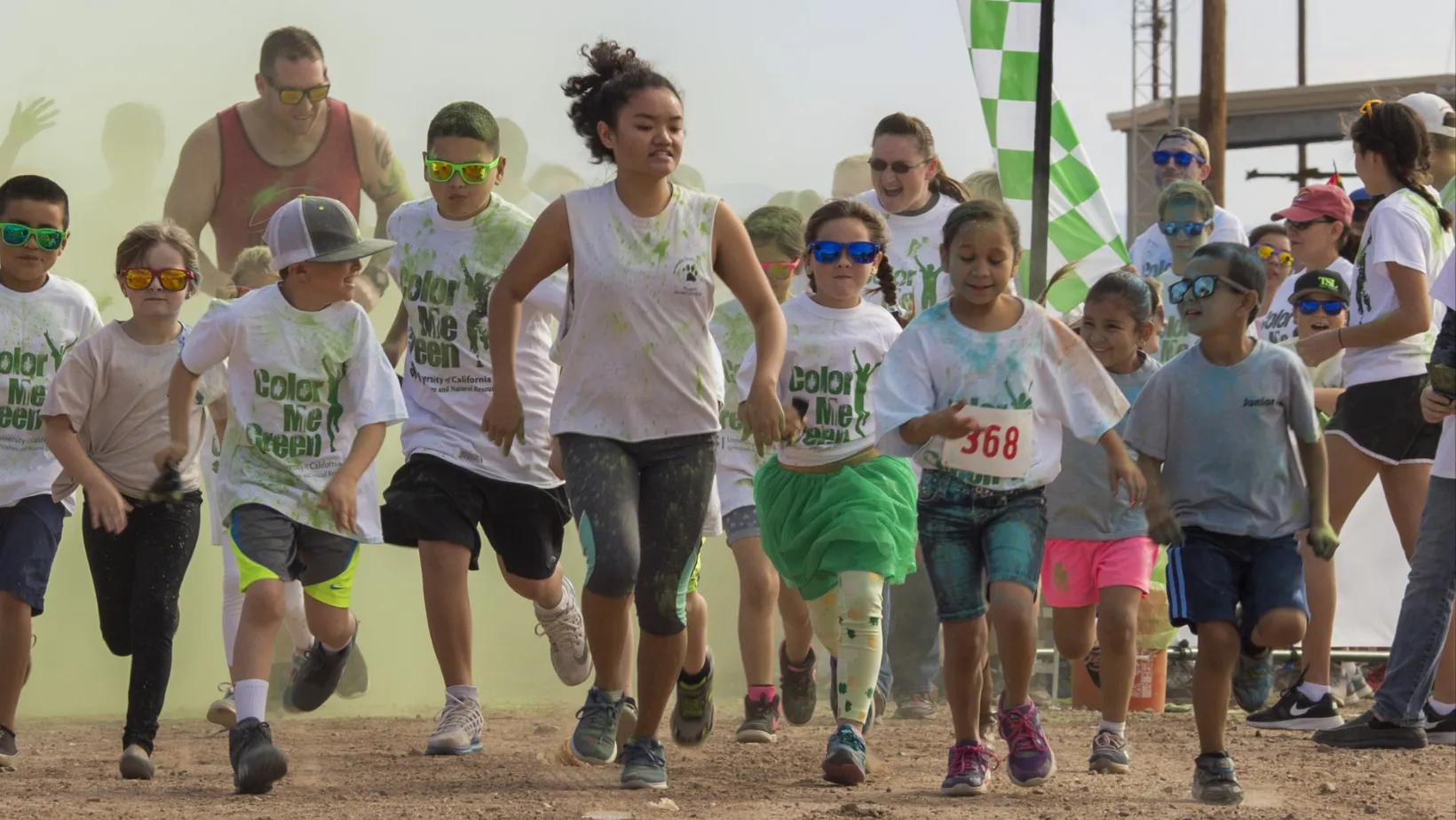
4-H Name and Emblem
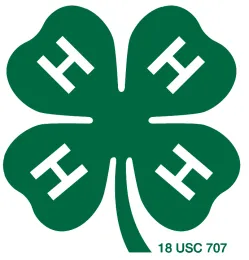
The 4-H Emblem is the national symbol of Cooperative Extension’s 4-H program supported by the United States Department of Agriculture (USDA).
The official emblem is a green clover with white H's - the 4-H colors. The 4-H emblem symbolizes the aim and desired results of effective learning for each individual. The 4-H name should be displayed as "4-H" and youth in 4-H can be referred to as "4-H'ers," (not"4-Hers" or "4hers").
What do the H's stand for?
Programming
The University of California 4-H Youth Development Program promotes hands-on, experiential learning for all youth ages 5-19. Our 4-H programs are delivered locally through the county University of California Cooperative Extension (UCCE) offices:
- Community clubs
- 4-H Camps
- Afterschool clubs and programs
- Military partnership program
- Events & conferences
Programs vary by county. The UCCE offices are managed through the University of California Division of Agriculture and Natural Resources (UC ANR). UC ANR has been extending research-based information to community partners, farmers, individuals, collaborators, councils and schools for over 100 years.
4-H offers limitless opportunities for friendship, growth, fun, and development. By engaging youth and adults in meaningful partnerships, 4-H helps young people to reach their full potential as competent, confident, leaders of character who contribute and are connected to their communities.
Enrollment Eligibility
All 4-H youth (ages 5-19) must enroll annually (July 1 through June 30). Enrollment is conducted by the 4-H Club and County 4-H Office. Projects offered vary by club from year to year based upon adult volunteer availability. Enrollment for the 4-H Youth Development Program in Kings County will be conducted using ZSuite, a web-based system used to enroll youth and accept applications for adults in the California 4-H Youth Development Program.
Primary Members (also called Cloverbuds or Mini-members) – Must be 5 years old by December 31 of the program year. Primary members cannot enroll in large animal projects. Youth enrolling or turning nine after December 31 must participate as a Primary Member until the end of the program year (June 30).
4-H Members – Must be 9 years old by December 31 of the program year and may continue in the program until the end of the calendar year (December 31) in which they become 19 years of age.
4-H Adult Volunteers – An individual must be eighteen (18) years or older to become a 4-H adult volunteer. A 4-H adult volunteer cannot simultaneously be a 4-H member. Chaperone duties may be assigned to 4-H adult volunteers upon approval of the 4-H YDP staff. A chaperone is a 4-H adult volunteer at least twenty-one (21) years of age. He or she has the responsibility of a delegation of youth at a 4-H YDP event or activity. The event usually lasts more than twenty-four (24) hours with an overnight stay, and often involves travel.
